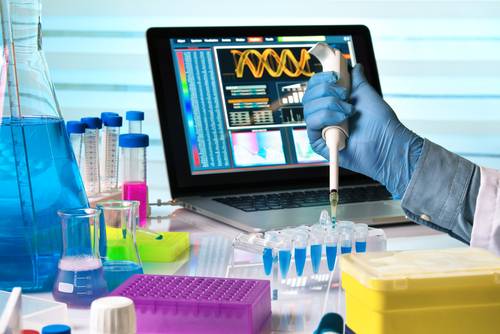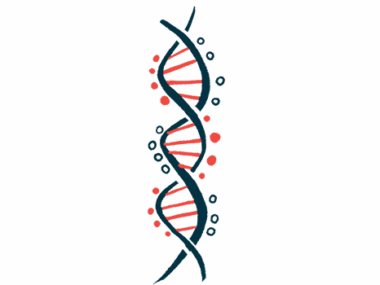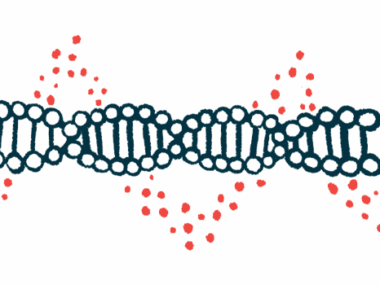Patients with Two Mutated Collagen Genes Have Both EDS, OI, Study Reports
Written by |

Patients with mutations in the COL5A1 and COL1A1 genes that code for collagen proteins have both Ehlers-Danlos syndrome (EDS) and a bone disease called osteogenesis imperfecta (OI), according to a study in a Chinese family.
The research, “Compound phenotype of osteogenesis imperfecta and Ehlers-Danlos syndrome caused by combined mutations in COL1A1 and COL5A1,” was published in the journal Bioscience Reports.
OI is characterized by bone fragility, osteopenia (lower than normal bone mineral density), abnormal tooth development, and hearing loss. Most patients have mutations in the COL1A1 or COL1A2 genes, which encode different parts of type I collagen — the most abundant protein of bone and skin — and may also cause arthrochalasia EDS.
The team at Shantou University Medical College, in China, reported the case of a woman and her mother with manifestations consistent with both OI and EDS.
The first person diagnosed (called the proband) was an 18-year-old woman who appeared to have been healthy before age 12. She then experienced three fractures of long bones, a rupture of her knee ligament in a car accident, easy bruising, joint hypermobility — stretching more than normal — blue sclera (a bluish coloration of the whites of the eyes), atrophic scars, and prominent ears.
Her 40-year-old mother had very similar manifestations, while her brother, 14, had multiple bone fractures and blue sclera, but not the other complications, suggesting OI only.
The father, 42, had no symptoms of either OI or EDS. All family members had normal mental development and normal hearing.
Researchers then performed whole exome sequencing (screening all exons, the DNA bits containing information to make proteins) to better understand what caused these manifestations and help with genetic counseling.
Results revealed a previously reported heterozygous mutation (in one of the gene copies) in COL1A1 in the siblings and their mother. This mutation, known as c.2010delT, is known to cause OI.
The proband and her mother, but not the brother, also showed a novel heterozygous mutation in COL5A1 (c.5335A>G), a gene coding for a portion of type V collagen, which, along with type I, is a main component of ligaments.
“This finding may explain why the phenotypes of proband … and her mother are different from those of proband’s brother,” the scientists stated.
A subsequent analysis revealed that the c.5335A>G mutation results in an amino acid (the building blocks of proteins) substitution from asparagine to aspartic acid, and that it could cause EDS.
Neither mutation was found in the father. Also, no gene variant was detected in 18 other genes associated with OI, nor in 10 linked with EDS.
A comparison across eight animal species — humans, rhesus monkey, mouse, elephant, opossum, chicken, a type of frog called Xenopus laevis, and zebrafish — further showed that the mutation found in COL5A1 occurs at an evolutionarily conserved site — essentially unchanged throughout evolution — which according to the researchers suggests an important biological function.
Overall, the “results suggested that a combination of COL5A1 and COL1A1 mutations might lead to compound phenotypes of OI and EDS,” the scientists concluded.
However, the team emphasized that functional studies with a larger group of patients are needed to confirm the findings.





